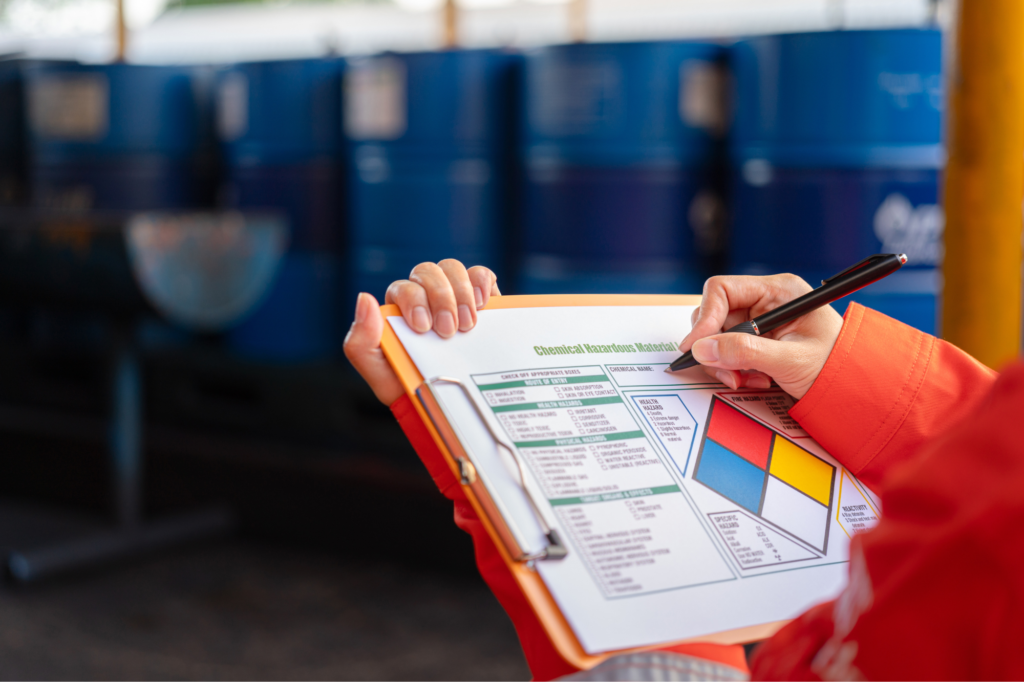
How to maximize the value of your safety committee
Safety committees can provide immense value to any organization’s safety program by leading a companywide effort to improve safety. While the Occupational Safety and Health Administration (OSHA) doesn’t require every workplace to have a safety committee, some states or local regulations may require certain workplaces or industries to have one.
3 key benefits of having a safety committee
- A positive workplace culture: Safety committees can help create a more positive and supportive company culture. When employees feel their safety is valued, they’re more likely to be loyal to the company and work together to achieve common goals.
- Boosted morale and engagement: When your people feel their safety is a priority to the company, they’re more likely to be engaged in their work and have positive morale. Employers can accomplish this by giving their people a voice in safety and by working to resolve their concerns.
- Lower rates of workplace accidents and illnesses: Safety committees can help spot and eliminate hazards before they cause accidents or illnesses. This, in turn, can lead to significant reductions in the number of workplace injuries and illnesses, saving the company money in terms of workers’ compensation costs, lost productivity, and other expenses. Insurers tend to offer lower premiums and other incentives to companies that lower incident rates, as well.
Tips to maximize the value of your safety committee
Whether you’re forming a safety committee from scratch or looking to reenergize an existing safety committee, the tips and best practices below can help ensure the committee’s effectiveness.
- Set clear goals and objectives. Think about what you want the safety committee to achieve. When goals are clear and outlined, you can develop a plan for how to achieve them. Meetings should be regularly scheduled and have an agenda.
- Ensure your committee is made up of a diverse group of people from all levels and departments of the organization. This allows for a wide range of perspectives to be represented and an opportunity to hear safety concerns throughout the company.
- Set your committee up for success. This includes providing them with the tools and resources they need to accomplish their goals and objectives. This also means giving them ample time for meetings, training, and access to any relevant data.
- Give the committee the authority to make recommendations and implement changes. This shows the company is serious about safety and that the committee’s work is valued.
- Track and measure progress. Following up on the progress of initiatives and tracking what worked well and what didn’t will help identify trends and patterns, as well as areas for improvement. Practicing this will also help set new goals.
Bottom line
While creating effective safety committees requires careful planning, clear guidelines, and ongoing support and monitoring, every company can reap the benefits of having one at their organization.


